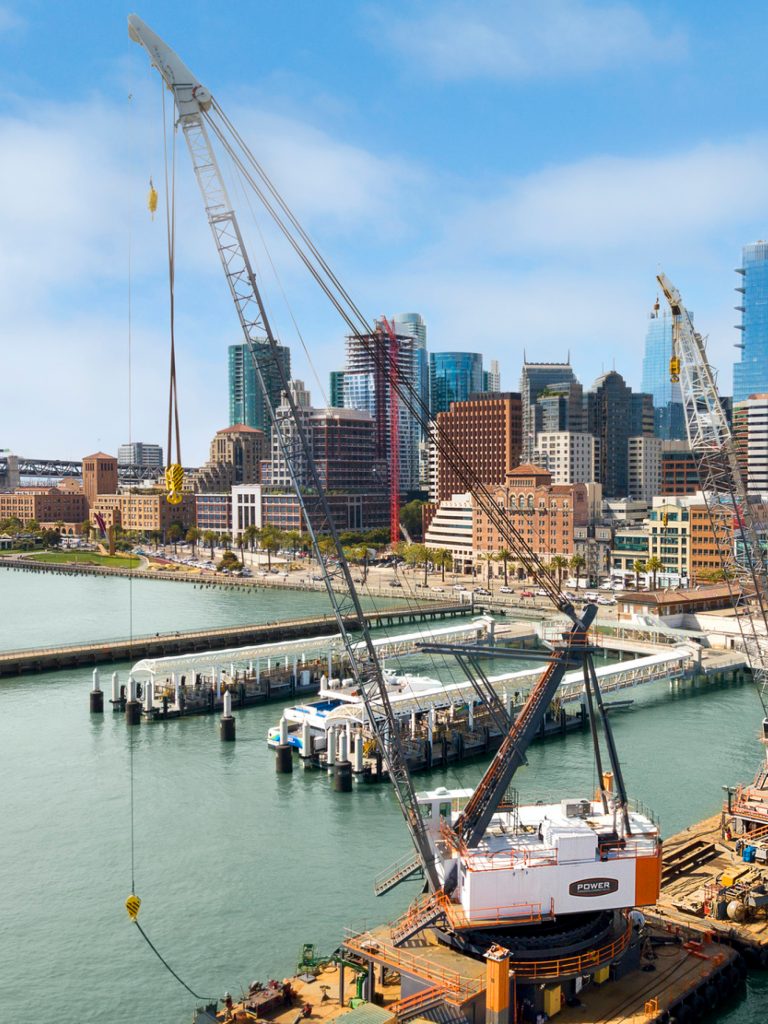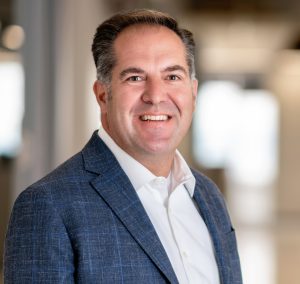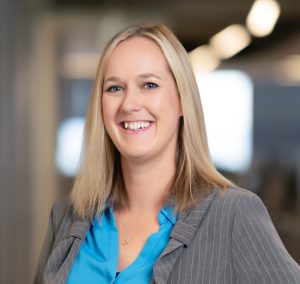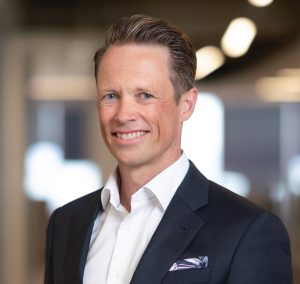Industrial Insights: Inspection, Rehabilitation, Design, and Construction of Marine Structures (Series Part 3)

Join us for this five-part series on the design, maintenance, and resilience of industrial facilities. Each 2.5 hour-long webinar will cover a wide range of fast-hitting topics relevant to project teams and owners.
Marine structures face unique challenges due to their specialized operations involving a wide variety of vessels and other sophisticated equipment, not to mention their long-term exposure to harsh environmental conditions, including corrosive saltwater, dynamic loading, and extreme weather events. This session will focus on specialized design and rehabilitation strategies for waterfront and port facilities to ensure adequate performance and durability under these demanding circumstances. Through a series of discussions and case studies, we will explore the unique aspects of marine structures, including loading scenarios, seismic considerations, and the role of mooring and berthing systems. The session will also explore innovative solutions for staged construction using precast concrete and highlight key considerations for repurposing or retrofitting aging marine infrastructure.
Key topics include types of marine structures, seismic assessment and design, mooring and berthing systems, and accelerated construction techniques with precast concrete. By understanding these elements, attendees will be better equipped to manage and enhance the resilience of marine facilities.
LEARNING OBJECTIVES
After attending this webinar, participants will be able to:
- Understand the unique challenges and requirements of marine structures.
- Identify strategies for designing and retrofitting waterfront and port facilities.
- Apply seismic design principles specific to marine environments.
- Evaluate the benefits of innovative construction techniques, including staged precast concrete methods.
ABOUT THE SERIES
Industrial Insights: Engineering Discussions for Critical Buildings and Structures
Manufacturing, warehousing, oil & gas processing, power generation and distribution, and other industrial facilities play vital roles in global infrastructure and public interests. These facilities are built and maintained to operate under demanding conditions while meeting the challenges of evolving safety standards, extreme environmental conditions, and enormous pressure to maintain continuous operations. Effectively addressing these challenges requires specialized knowledge, innovative solutions, and a multidisciplinary approach.
This five-part webinar series will explore a wide range of fast-hitting topics in the design, maintenance, and resilience of industrial facilities for project teams and owners. Participants will gain insights into best practices, advanced engineering approaches, and lessons learned from real-world experiences. Each session will focus on a critical aspect of industrial facility management, including maintaining existing structures, mitigating hazards, responding to extreme marine conditions, addressing aging infrastructure, and designing for future demands. This series offers a unique opportunity to learn from SGH experts and engage with professionals dedicated to improving industrial facility performance and safety.
Join us for the rest of the series:
- Wednesday, March 5: Maintaining Existing Industrial Buildings (Part 1)
- Wednesday, March 19: Hazards and Resilience of Industrial Facilities (Part 2)
- Wednesday, March 26: Inspection, Rehabilitation, Design, and Construction of Marine Structures (Part 3)
- Tuesday, April 1: Addressing Aging Infrastructure of Pipes and Tanks (Part 4)
- Thursday, April 17: Designing and Building New Industrial Buildings (Part 5)
Participants will earn 2.5 AIA CES Learning Unit (LU/HSW) for attending the live webinar. Registration is free. Please note that space is limited – email events@sgh.com to join our waitlist if the session is closed when you register.




